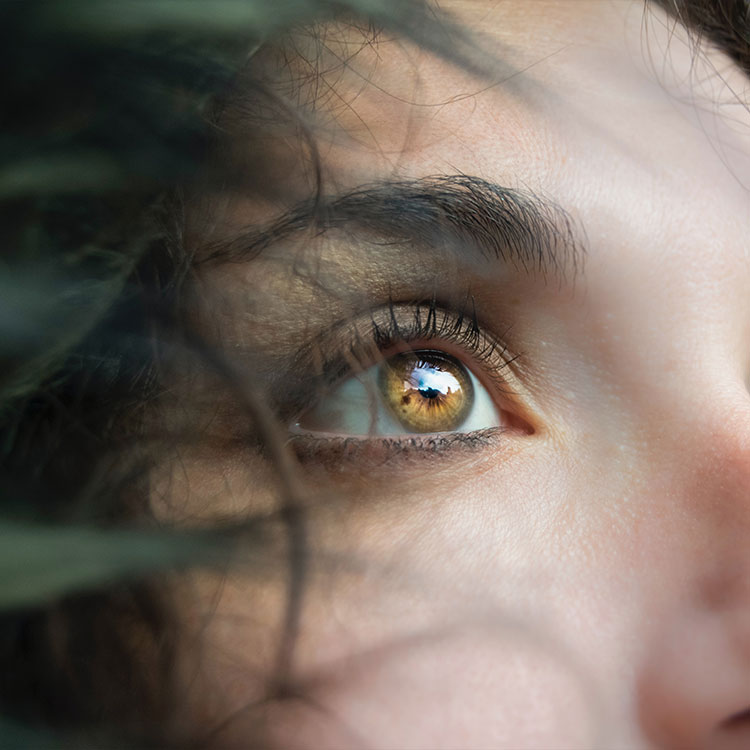Conjunctivitis, also known as “pink eye,” is a common eye disease. It is called “pink eye” because it can cause the white of the eye to become pink or red. It occurs when there is an irritation or inflammation of the conjunctiva.
Conjunctivitis is typically a minor infection that may affect one or both of the eyes. It may be highly contagious and can sometimes develop into a more severe condition.
Symptoms of conjunctivitis can vary but may include:
- A pink or red color in the white of the eye(s)
- Itchy, watery, or burning eyes
- Painful eyes
- Puffy eyelids
- Discharge from the eye(s)
- Crusting of eyelids or lashes
- Blurry or hazy vision
- Increased sensitivity to light
What causes conjunctivitis or “pink eye”?
There are three main types of conjunctivitis; allergic, infectious, and chemical. The causes of conjunctivitis can vary depending on the type.
Allergic conjunctivitis often occurs with individuals who have seasonal allergies. It can be the result of the body’s reaction to allergens such as pollen; dander from pets; molds; cosmetics; or medicines.
Infectious conjunctivitis there are two types of infectious conjunctivitis; bacterial and viral. Bacterial conjunctivitis is an infection of the eye caused by certain bacteria. It can be spread through physical contact with others, exposure to contaminated surfaces, or through sinus or ear infections.
Viral Conjunctivitis is an infection of the eye often caused by contagious viruses associated with the common cold. Viral conjunctivitis is highly contagious and can develop through exposure to individuals with the disease.
Chemical conjunctivitis is not infectious andcan be caused by getting irritants such as air pollution, smoke, liquids, or chemicals in the eye. If this happens, it is essential to flush the eye with water immediately.
Treatment for conjunctivitis or “pink eye”
Treatment for conjunctivitis generally depends on the type. Bacterial conjunctivitis is often treated with antibiotic eye drops. However, if your conjunctivitis is viral, antibiotics will not likely be prescribed. If you have allergic conjunctivitis you may be told to use certain eye drops that help reduce itchiness or puffiness. If you have chemical conjunctivitis you should rinse the eye free of the substance.
Most cases of conjunctivitis typically subside within 1–2 weeks. If symptoms last longer, contact your eye care professional.
Reducing the spread of conjunctivitis
Certain types of conjunctivitis can be highly contagious. Practicing good hygiene if you have an infection, is critical to reducing the risk of infecting others or re-infecting yourself.
- Do not touch your eyes with your hands.
- Always use a clean towel or tissue when you wipe your face and eyes.
- Wash your hands thoroughly and frequently, especially after you sneeze or touch your face.
- Do not use makeup while you have an eye infection. Never share makeup with others. Replace your makeup if you have an eye infection.
- Follow the recommendations of your eyecare professional for proper contact lens care.
COVID-19 and conjunctivitis
Most experts believe our eyes play an essential role in the of COVID-19. Although conjunctivitis is a rare manifestation of COVID-19, all individuals must take precautions to prevent the spread of COVID-19.
To reduce the risk of contracting COVID-19, avoid touching your eyes, nose, and mouth with unwashed hands. Practice good hygiene, and frequent hand-washing. Avoid close contact with people who are sick and practice social distancing. It is also necessary to clean and disinfect frequently touched surfaces daily.
When to seek medical attention
The Centers for Disease Control and Prevention suggest individuals should seek medical attention immediately for any of the following but not limited to:
- Trouble breathing
- Persistent pain or pressure in the chest
- New confusion or inability to arouse
- Bluish lips or face
This list is not all-inclusive. Please consult your medical provider for any other symptoms that are severe or concerning.
For more information on COVID-19 prevention visit: https://www.cdc.gov/coronavirus/2019-ncov/prevent-getting-sick/prevention.html

